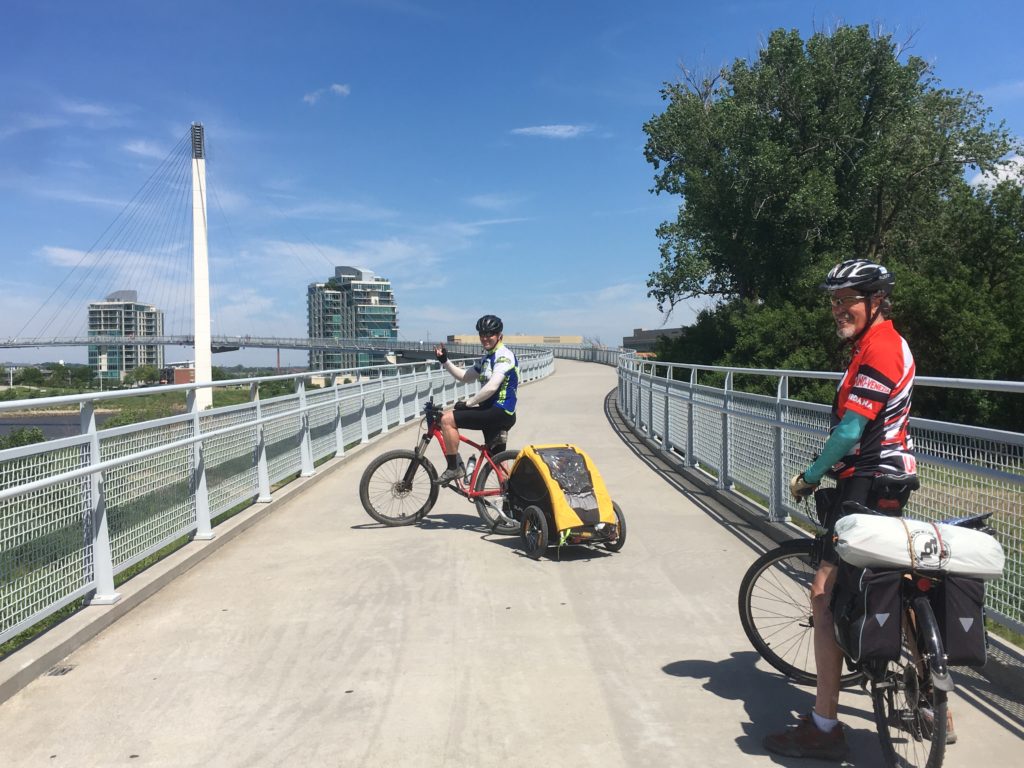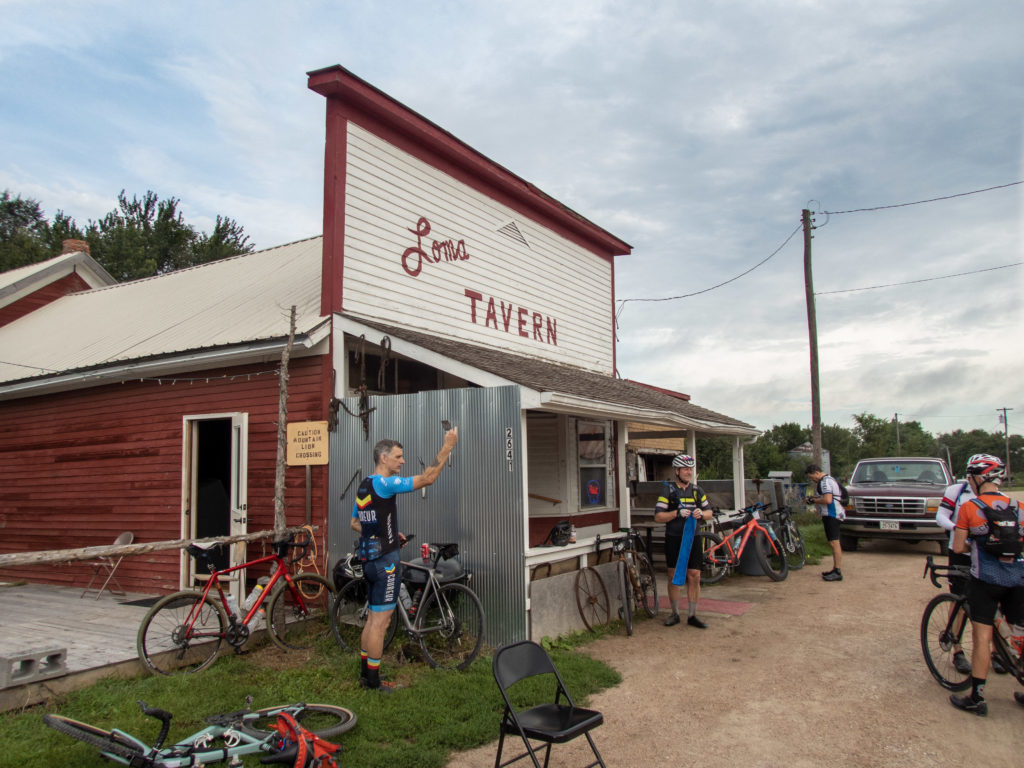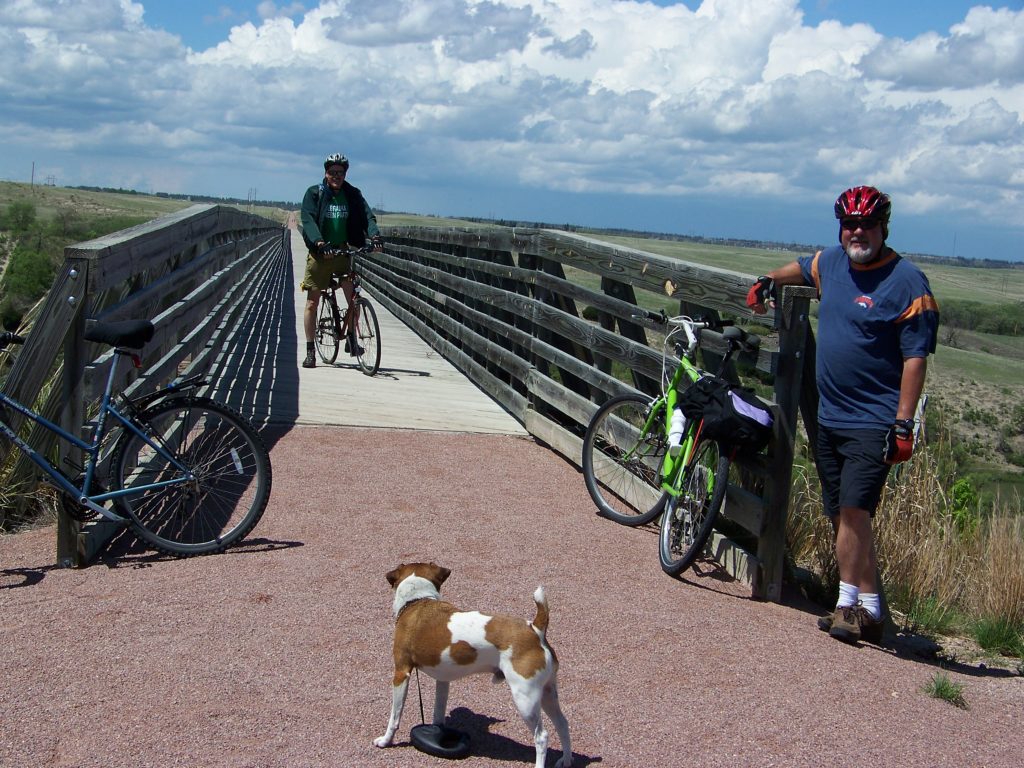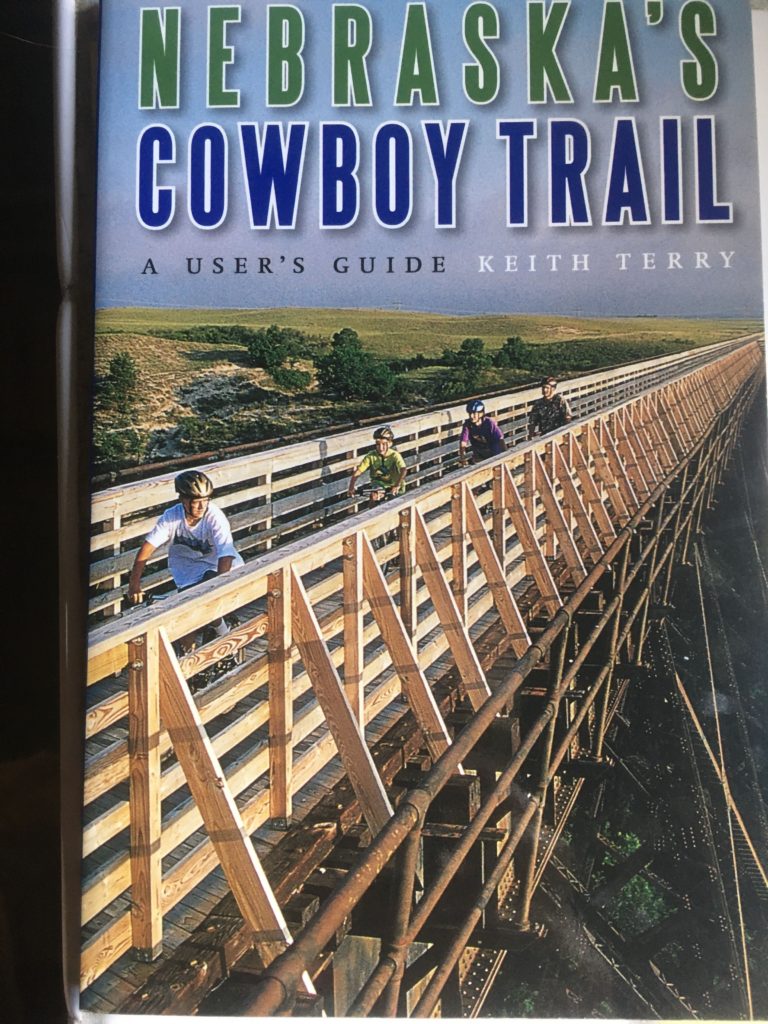Last week I talked about the proposed route through Nebraska, focusing on the MoPac. The Rails to Trails website mentions the historically significant features of the trail entering and leaving Nebraska, which are as following:

Crossing the Bob Kerry Pedestrian Bridge into Nebraska.
“Along the Iowa Riverfront Trail in Tom Hanafan River’s Edge Park, one can access the stunning 3,000-foot-long Bob Kerrey Pedestrian Bridge, a cable-suspension bridge that leads across the Missouri River from Iowa to Nebraska. Once across, you’ll find the Lewis and Clark National Historic Trail Headquarters and Visitor Center, and Lewis & Clark Landing, a 23-acre park with interpretive exhibits commemorating the site of the 1804 Lewis and Clark landing on the west bank of the river. The park is connected to the CHI Health Center via the Martin Luther King Jr. Pedestrian Bridge.”
Also from their website:

Photo courtesy Ali Eminov
“Nebraska: White River Trail
In Remembrance: Fort Robinson State Park
The 3-mile White River Trail connects Crawford, Nebraska, to a 22,000-acre park that attracts many visitors to the northwestern corner of the state. Fort Robinson State Park is a recreational haven, offering stagecoach tours and weekly summertime rodeos, Jeep tours and bike trails. But its history, spanning from frontier days to post-World War II, is a major draw.
Commemorative markers, a museum, and preserved or reconstructed buildings all note the U.S. Army fort’s historical contributions and significance, including the all-African-American Ninth Cavalry headquartered there from 1887 to 1898, and the fort’s days as a World War II K-9 training base and POW camp.
They also include tragic ones. The post that initially provided security for the Red Cloud Indian Agency is also the site of the 1879 Fort Robinson Massacre, during which dozens of imprisoned Northern Cheyenne were killed following a mass escape effort. That took place about two years after Chief Crazy Horse’s 1877 imprisonment and death there. Visitors can now stand where he was killed and reflect.”
Now I’d like to mention a few things to remember about the Oak Creek and Cowboy Trails. Gravel Worlds, the nearly famous and increasingly well-known regional gravel race, had a race oasis in Loma this past year. Loma sits roughly at the halfway point between Valparaiso and Brainard, the two ends of the trail. While re-filling and resting I was talking a bit to a fellow rider who knew nothing of Loma’s claim to fame from the 1995 movie To Wong Foo, Love, Julie Newmar.

A previous year’s GW oasis.
The side of a building in Central Loma, and it’s all central in Loma, still shows traces of the set painting from the movie, saying “Welcome to Snydersville, if you don’t have a smile we’ll give you one of ours”. My Cousin’s husband was part of the Nebraska crew who worked on the set. Loma is also home to the St. Luke’s Czech Catholic Shrine and the Loma Tavern, sadly currently closed.

The Cowboy Trail existed previously as the Chicago and Northwestern rail line, and was active for more than 100 years. It delivered gold from the Black Hills, transported cattle from ranches in the West, and carried passengers across northern Nebraska. It has a companion book which I think is essential to soaking up the history of the trail along the way. Each segment of the trail is between roughly eight to fourteen miles, due to the steam locomotive’s need to take on water.

Each segment of the book describes the particular history and ecology of that section of trail, and one “Long Ago Right Here” feature. We camped in city parks along the route and I most remember Newport, Hay Capital of the World. In one 12-month period between 1901 and 1902 well over 49 million pounds of hay was shipped from the Newport Depot. One of their converted hay scale offices features a billiards table and snacks with payment on the honor system.
West of Valentine the trail is mostly undeveloped rail bed, waiting to be finished. It’s going to be great.
